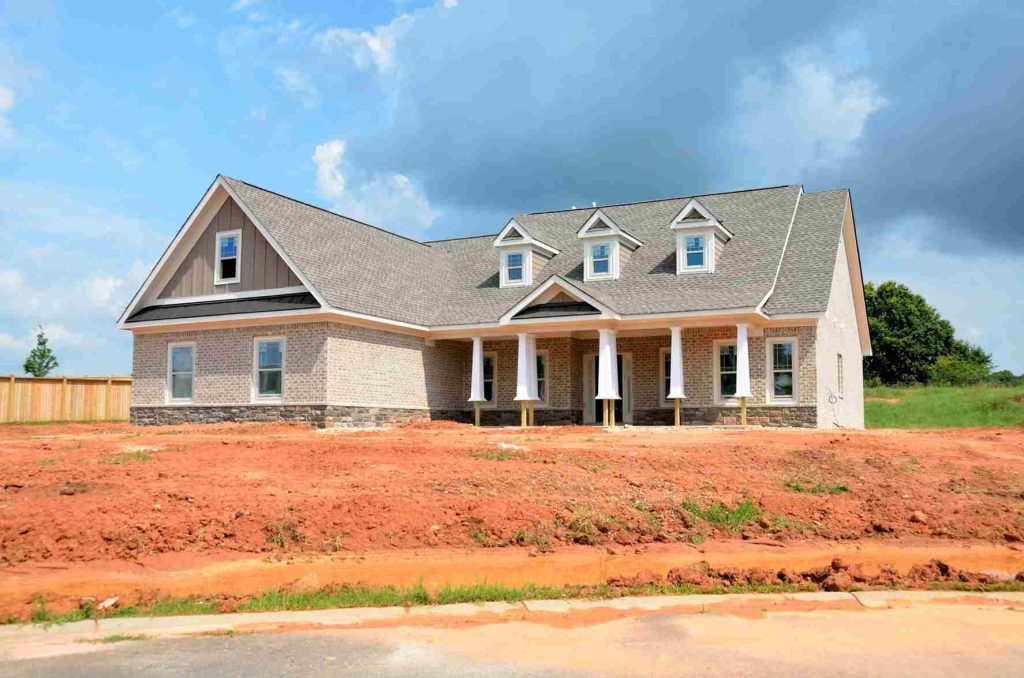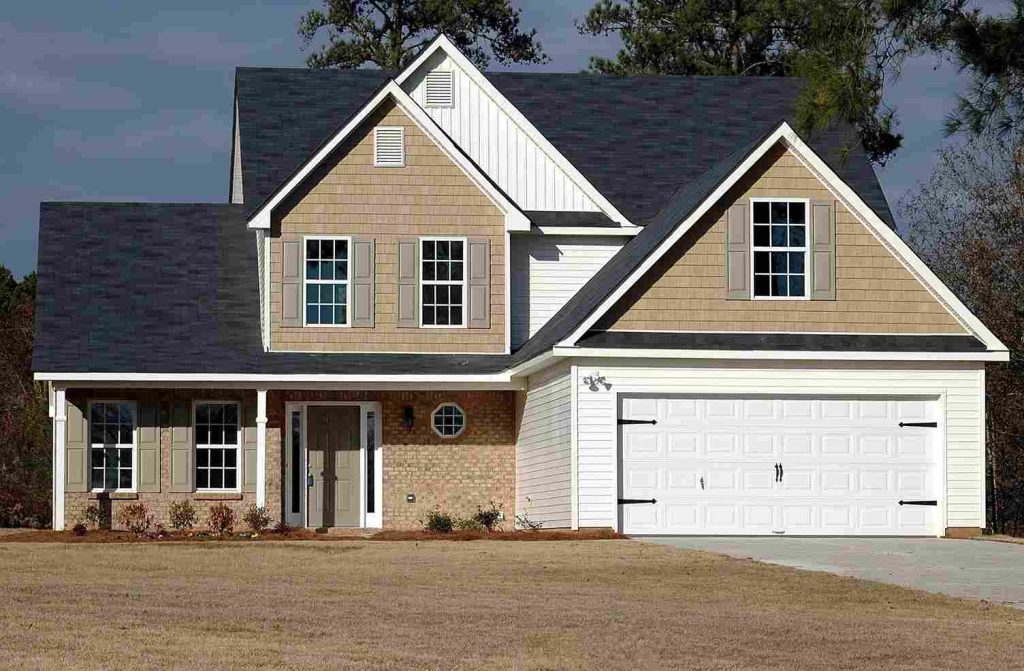Building a new home might sound like an exciting experience. Getting to choose all the small details, finding the perfect location, and ensuring the home is exactly what you want and need for your life are all appealing reasons to build new.
There are many positive factors of starting from scratch, such as great rates on new build home insurance. Because your house is brand new, your insurance provider won’t see much risk involved in insuring it. This means you can often find much better prices than insurance for pre-existing homes.
While all that sounds great, many aspects go into a new construction besides the home itself. Beyond the shiny new exterior lies a mountain of factors you might not have thought of before deciding to build your new home.
Knowing and understanding all of these aspects may help you decide if a new home is right for you.

Finding the Right Plot for Your New Home
It will be up to you to find the spot your new house will sit. Depending on the location you choose, finding a good place to build may be more complicated than you think. Urban or suburban areas can be difficult in terms of available empty building plots.
Not only that, but these areas tend to carry a hefty price tag for a relatively small piece of land. If you have your heart set on your new home belonging to a particular area or neighborhood, be prepared to pay for it.
You will likely have more luck in a rural setting, where land is typically cheaper and easier to find. If you are someone who enjoys being a little farther out, this may not be an issue. But if you would rather stay close to the city and convenience, you may not be happy with your location.
Also, keep in mind that your land purchase might be completely separate from the cost of your new build. If you plan to purchase land before finding a building company, you should be prepared to put down an average of 20% of the total purchase price when buying land without an existing dwelling on it.
Prepping the Land Before Your New Build
Another cost new build buyers may not think about is land preparation. Once you’ve spent the money to purchase the plot, your expenses aren’t quite finished. Your home needs more than just the house itself to be livable. Depending on your plot and where it sits, there are many extra expenses you may have to prepare for — some before your home can even begin being built.
If your lot is heavily wooded, you will have to pay for land preparation such as tree and vegetation removal to get the land buildable. You may also have to have soil hauled in or out to create a flat location for your home to sit.
Along with those costs, you will also have to cover the cost of a driveway. Your builder will require some form of access to your build site, which is typically the next step after land clearing. Different types of paving can vary in cost, from cheaper gravel to more expensive concrete. It will all depend on your budget and preference. Though keep this in mind: Some neighborhoods may not allow gravel driveways.
Remember that your lot will likely not come prepared with utilities such as gas, water, electricity, or sewer. This cost is especially important to consider in more rural areas where things like wells and septic systems will need to be installed.
Typically, the average cost to prep a lot for a new build is around $2,700. However, depending on the needs of your land, the price can reach upwards of $8,000. Keep this in mind for your budget when deciding to build a new home.

What You See Isn’t Always the Home You Get
If you think you’ve found your builder and the floor plan you like, you’ll probably want to take a tour of a model home to get the feel of the layout. This is a common want for those looking to build new, and it’s why home builders have a plethora of model homes available for touring.
The trick here is that a model home likely won’t look anything like your own — at least not without some serious upgrade charges. The price your builder gives you will be for the base model of your floor plan. Of course, you can still pick things like color schemes, but the fancy bells and whistles model homes entice you with are not included in that initial cost.
Talk to your builder about every aspect of your home before beginning the process to find out what is included. Just because you adored the white marble countertops in the model home doesn’t mean your home will have them unless you ask to add them on.
Timelines Are Tricky for New Builds
Your builder may give you a timeline that sounds appealing. However, new builds often take much longer than expected. Lousy weather, problems with the build itself, and conflicts with scheduling may make your build time much longer than expected.
Your selected home may also play a factor in your timeline. If you opt for a production home from your building company, you can usually expect a construction timeline of around six months. If you are choosing a wholly customized build, the timeline stretches further to about nine months.
Customized builds with unique features or strange floor plans may also take longer to build and be more expensive to insure. There are a lot of strange buildings in the world, and the cost to insure them can vary wildly.
Keep in mind these timelines don’t include all the land preparation mentioned above. It’s essential to be prepared for the extended process of building a new home.
Determine if a New Build Is the Right Fit
Many factors go into a newly built home — many of which are often overlooked. While the idea of a sparkling new home can be extremely enticing, it’s important to remember all the extra costs associated with the project.
From land preparation to unexpected upgrade costs, new homes can be a lot more expensive than their initial sticker price. While building new may be right for some, it certainly isn’t for everyone. Consider all factors that go into new home construction before making your decision.
Alexandra Arcand writes and researches for the insurance comparison site, ExpertInsuranceReviews.com. Before purchasing her current home, she considered building new and enjoys sharing all she learned during the process to help others with their decision.
*the images in this article do not need any captions or attribution. We only provided the citation so you would know they are free for commercial use. Please do not include live links to the photos as it will detract from the value of the other links.

